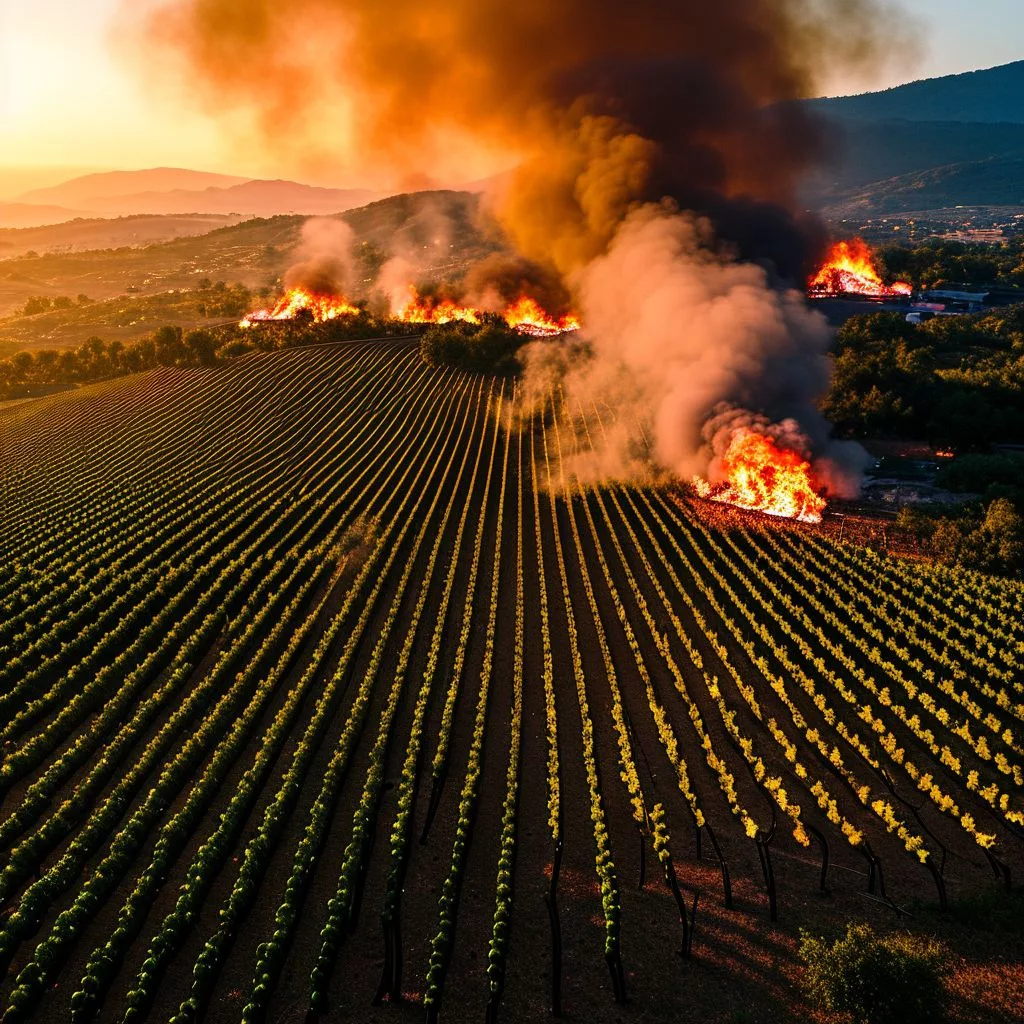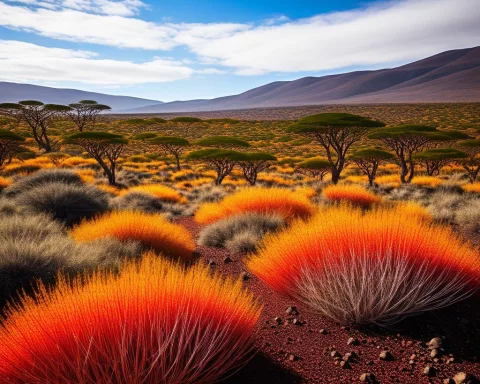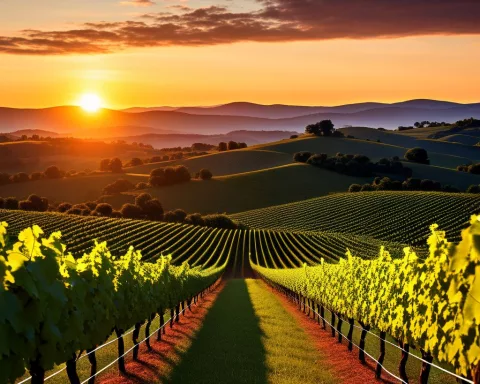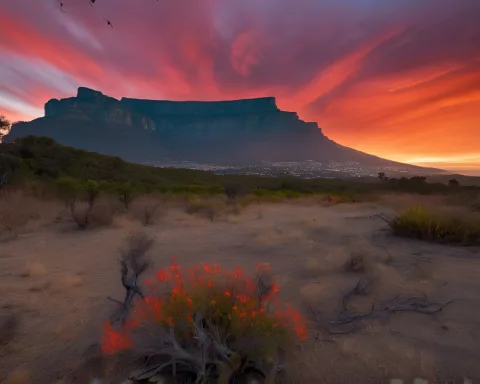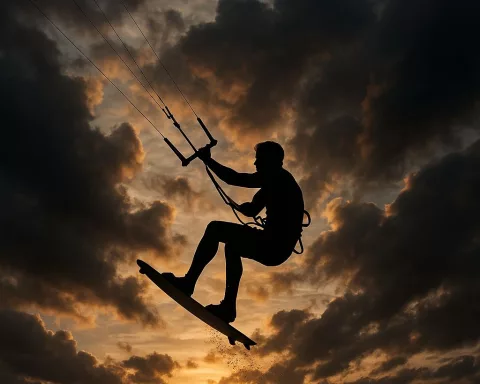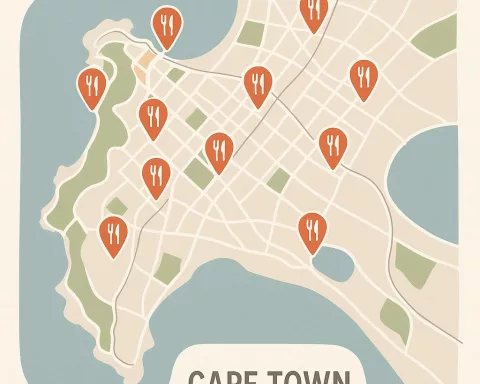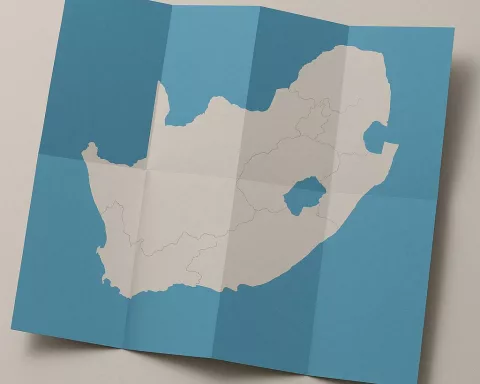Firefighters in the Cape Winelands are facing tough challenges as wildfires rage across the beautiful landscape. With steep hills, thick bushes, and unpredictable winds, controlling the flames is no easy task. Teams from different agencies work hard, using helicopters and ground crews to protect farms and nature. This battle is not just about putting out fires; it’s also about saving the rich history and culture tied to this stunning region, known for its famous vineyards. Despite the fierce flames, the bravery and teamwork of these firefighters shine brightly, showing the strength of the human spirit against nature’s fury.
What challenges do firefighters face during wildfires in the Cape Winelands?
Firefighters in the Cape Winelands face significant challenges, including inaccessible terrain, dense vegetation that fuels fire spread, and unpredictable wind patterns. Their efforts require coordination among various agencies, aerial support, and ground teams to protect both the environment and agricultural lands.
The Cape Winelands, a region synonymous with stunning landscapes and a rich tradition of viticulture, now contends with one of nature’s most formidable adversaries: wildfires. For several days, flames have ravaged the Wellington area, testing the mettle of dedicated firefighting teams. As we explore the relentless efforts to control these fires, we uncover the intricate challenges facing these brave individuals and appreciate the historical and environmental importance of the area they are striving to protect.
Coordinated Efforts in a Complex Landscape
The Cape Winelands District Municipality (CWDM) Fire Services leads an elaborate response, pulling together resources from multiple partner organizations. According to reports from Cape {town} Etc., the situation is dire, with active fire lines spread across four divisions. Many of these lines lie in areas inaccessible by vehicle, requiring strenuous ground-based efforts to combat the flames. The region’s dense vegetation, a mix of old veld and dry timber remnants, significantly exacerbates the situation. This “exceptionally high fuel load,” as experts call it, presents a formidable challenge, enabling fires to spread swiftly and rekindle after initial suppression.
In Wellington, the persistence of the fire finds its roots in the dense growth and rugged terrain that severely limit accessibility. Aerial resources have managed to suppress parts of the blaze, yet the thick underbrush continually reignites the fire lines. This unpredictable nature of wildfires highlights the constant struggle firefighting teams face, where the power of nature often outpaces human intervention.
The Unpredictable Nature of Wildfires
The situation reached new heights when another fire erupted on the Tulbagh side of the Witzenberg Valley, showcasing the region’s vulnerability. Wind patterns play a crucial role, aggravating an already precarious situation by pushing the fire from mountain peaks into the valley, putting farmland at risk. In the fertile grounds of Wakkerstroom and Ouplaas, the firefighting teams engage in a dual battle: protecting valuable agricultural lands while attempting to curb the fire’s aggressive advance.
This firefighting effort stands as a testament to the communal spirit and cooperation that define the region. Alongside CWDM’s deployment of ten fire vehicles and personnel, additional resources from Drakenstein municipality, National Coordination Center (NCC) ground teams, Lewis Bush Clearing, Working on Fire crews, and a contracted Cape Nature team come together. This collective endeavor transcends mere fire suppression; it embodies the protection of a lifestyle intricately tied to the land, the vineyards, and the communities that depend on them.
The Cultural and Historical Significance of the Cape Winelands
The Cape Winelands is far more than a scenic backdrop for these fires; it is a region rich in history and cultural importance. Over centuries, natural and human forces have shaped this landscape of rolling hills and fertile valleys. The vineyards here, known for producing some of the world’s finest wines, symbolize the delicate balance between human endeavor and nature. The fires pose a threat to this balance, endangering not only the immediate environment but also the area’s economic and cultural legacy.
Historically, the Cape Winelands has been a site of ongoing transformation and adaptation. Established by Dutch settlers in the 17th century, the wine industry has grown into a global viticultural leader. This evolution mirrors wider changes in agricultural practices, land use, and environmental consciousness. The current wildfire challenges continue this legacy of adaptation, underscoring the dynamic interplay between human activities and natural phenomena.
Firefighting as a Strategic Art
In such rugged terrain, firefighting becomes an art form, a strategic dance of endurance and precision. Crews must anticipate the fire’s movements, adjusting their tactics to the ever-shifting winds and temperatures. This narrative of battling the blaze is one of struggle and triumph, where each extinguished fire line represents a temporary victory in the ongoing war against nature’s fury.
As we observe these valiant efforts, broader implications emerge, particularly concerning climate change, which has intensified the frequency and severity of wildfires globally. Rising temperatures and shifting rainfall patterns render regions like the Cape Winelands increasingly susceptible to such natural disasters. This reality necessitates a reevaluation of strategies and a commitment to sustainable land management practices to mitigate future risks.
A Testament to Human Resolve
Amidst these ferocious fires, the resilience and dedication of the firefighting crews offer a beacon of hope. Their tireless efforts remind us of the human spirit’s remarkable capacity to confront challenges, even when faced with the immense forces of nature. As the flames persist in the Cape Winelands, they illuminate not just the landscape but also the unwavering commitment of those who strive to preserve it. This ongoing battle against wildfires is a reflection of both the peril and potential inherent in our relationship with the natural world.
FAQ on Battling the Blaze in the Cape Winelands
What challenges do firefighters face during wildfires in the Cape Winelands?
Firefighters in the Cape Winelands encounter several significant challenges, including steep terrain, dense vegetation that fuels fire spread, and unpredictable wind patterns that can rapidly change the direction of the flames. Effective firefighting requires the coordination of multiple agencies, aerial support, and ground teams to safeguard both the environment and agricultural lands.
How are firefighting efforts coordinated in the Cape Winelands?
The Cape Winelands District Municipality (CWDM) Fire Services leads a coordinated response, bringing together resources from various partner organizations. This includes deploying fire vehicles and personnel from different municipalities and specialized crews. Such collaboration is crucial to manage the complex landscape and effectively combat the fires across multiple divisions.
Why are wildfires particularly challenging in the Wellington area?
Wellington’s rugged terrain and dense underbrush significantly impede access for firefighting efforts. The area’s exceptionally high fuel load, which consists of old veld and dry timber remnants, allows fires to spread rapidly and rekindle after suppression efforts, making it difficult for teams to maintain control over the flames.
How do wind patterns affect the firefighting efforts in the Cape Winelands?
Wind patterns play a crucial role in the spread of wildfires, as they can push flames from higher elevations into the valleys, threatening farmland and increasing the difficulty of containment efforts. The unpredictability of these winds adds another layer of complexity to firefighting strategies, necessitating constant adjustments to tactics.
What is the cultural and historical significance of the Cape Winelands?
The Cape Winelands is not only known for its stunning landscapes but also for its rich history tied to viticulture. Established by Dutch settlers in the 17th century, this region has become a leader in wine production globally. The ongoing wildfires threaten not just the environment but also the economic and cultural legacy associated with the vineyards and the communities that depend on them.
How does climate change impact the frequency and severity of wildfires in the Cape Winelands?
Climate change has intensified the frequency and severity of wildfires worldwide, including in the Cape Winelands. Rising temperatures and altered rainfall patterns make the region more susceptible to natural disasters. This situation emphasizes the need for reevaluating land management strategies and implementing sustainable practices to mitigate future wildfire risks.

